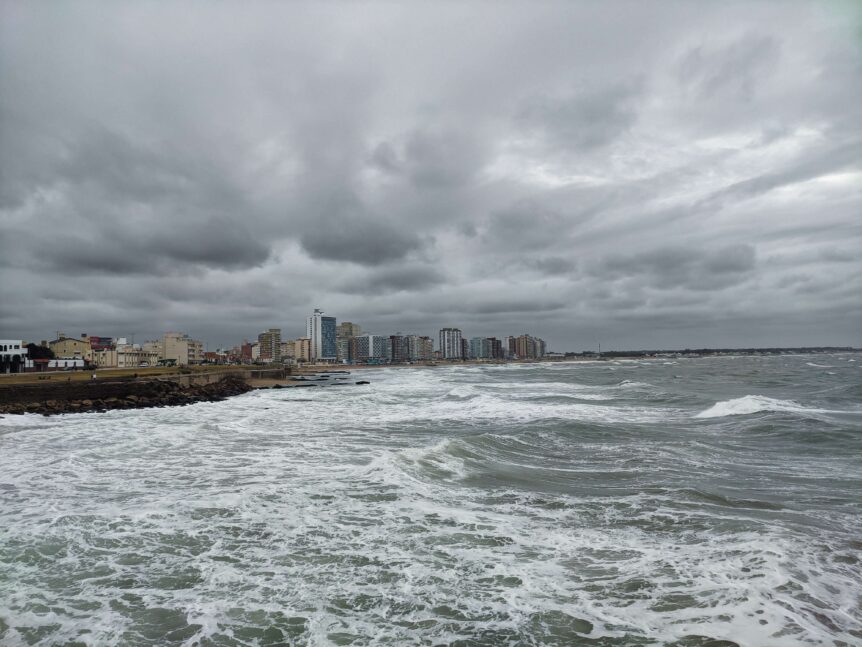The Florida hurricane season is a six-month period from June 1st to November 30th of each year. The peak of the season is mid-August through late October. During this time, there is an increased chance for tropical storms and hurricanes to form in the Atlantic and Caribbean Sea and then move toward Florida. Find out when does hurricane season end and what to do after it!
What Contributes To The Formation Of Hurricanes During The Season?
- The first is the warm ocean water temperatures. These waters need at least 80 degrees Fahrenheit for a hurricane to form.
- The second ingredient is moist air. This air rises and condenses into thunderstorms which can turn into hurricanes.
- Lastly, there needs to be low wind shear. This is when the upper-level winds are at different speeds or directions than the lower-level winds. If wind shear is too high, it can prevent thunderstorms from organizing into a hurricane.
During the hurricane season, it is important to be prepared. This means having a plan in place in case of evacuations, stocking up on supplies, and knowing your insurance coverage. It is also important to stay informed by following the National Hurricane Center and local news outlets. Being prepared and staying informed can help keep yourself and your family safe during hurricane season.
When Does Hurricane Season End?
The Atlantic hurricane season typically runs through November, but rather than setting your expectations based on the end of the season, it’s essential to keep in mind that this is when most hurricanes typically happen. Unfortunately, this means you may still be hit with a storm or two after November 30th. Fortunately, hurricane activity is starting to taper off as we enter December. In fact, an “earlier” end to the hurricane season could be on its way. So here’s a ray of light that an “earlier” back to the hurricane season could be in sight.
Late October Drop Off
According to NOAA’s Hurricane Research Division, the Atlantic hurricane season happens from June to November, a span of nine months every year, with 97% of Atlantic storms. This extended window is necessary because ocean water stays relatively warm, but wind shear that can tear apart and inhibit tropical storms increases starting in October. Also, tropical waves–which move off western Africa into the Atlantic–become less numerous late in the season.
Does El Niño or La Niña Matter?
The Weather Channel News has looked into the dates of the last storms for different seasons affected by El Niño or La Niña conditions. This is important because this periodic warming or cooling of water in the equatorial central and eastern pacific can influence weather patterns thousands of miles away, including those during hurricane seasons. For example, a robust La Niña tends to favor hurricanes in the Atlantic due to less wind shear and more rising air. However, the opposite is valid for a powerful El Niño.
Based on that data, you might think La Niña hurricane seasons would last longer, but the data doesn’t bear that out. There were 19 years since 1966 where there was at least one weak La Niña storm from September through November, and the last storm of those averages formed on Nov 9, just four days later than the overall average mentioned earlier. However, during those 19 El Niño years, the last storm typically formed two weeks earlier than the norm on Oct 25.
Contact RRBH for Hurricane Ian Compensation
When does hurricane season end? Now that you have the answer and with hurricane season coming to an end, we want to ensure that all hurricane victims get the help they need. If your insurance company has underpaid you for damages caused by Hurricane Ian, please contact RRBH at 305-800-4663, so we can help you get the compensation you deserve.

